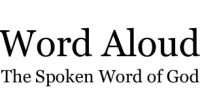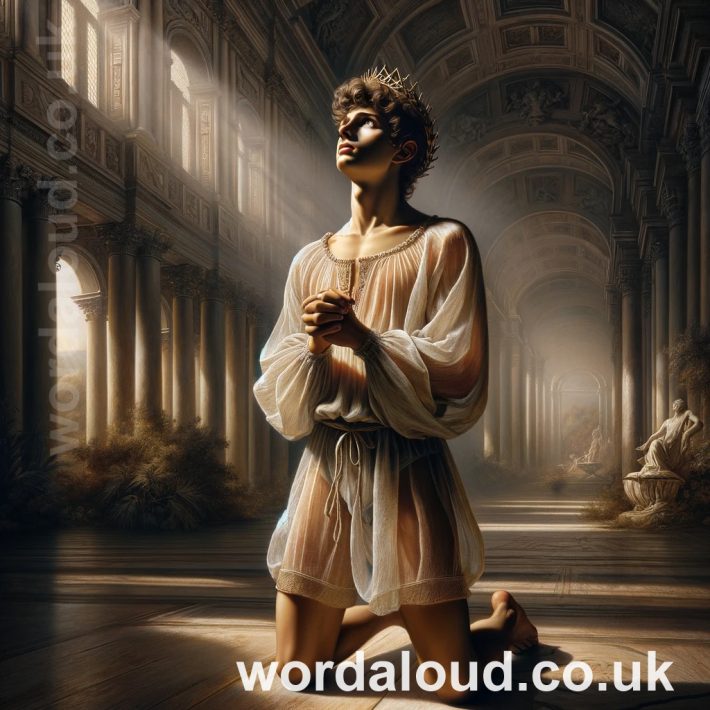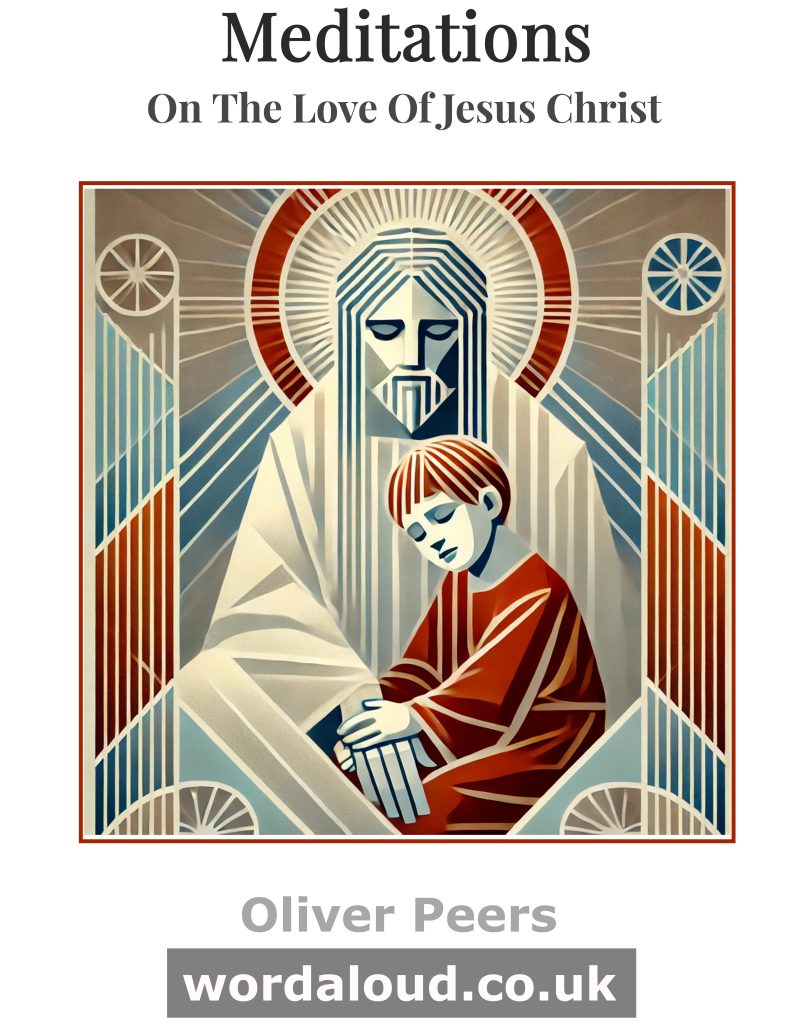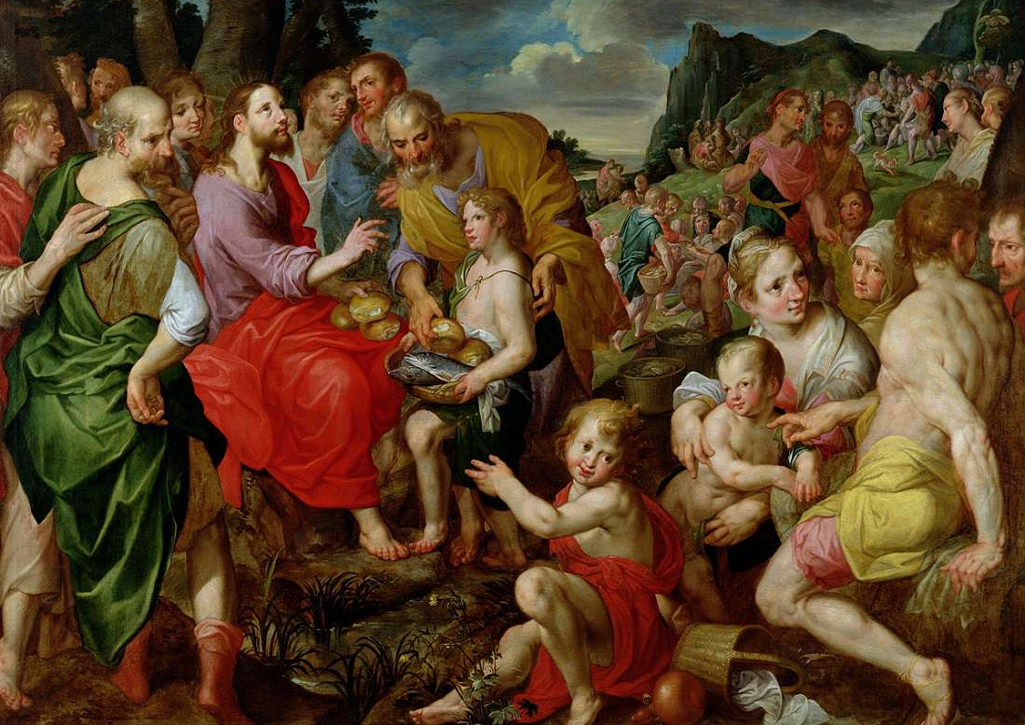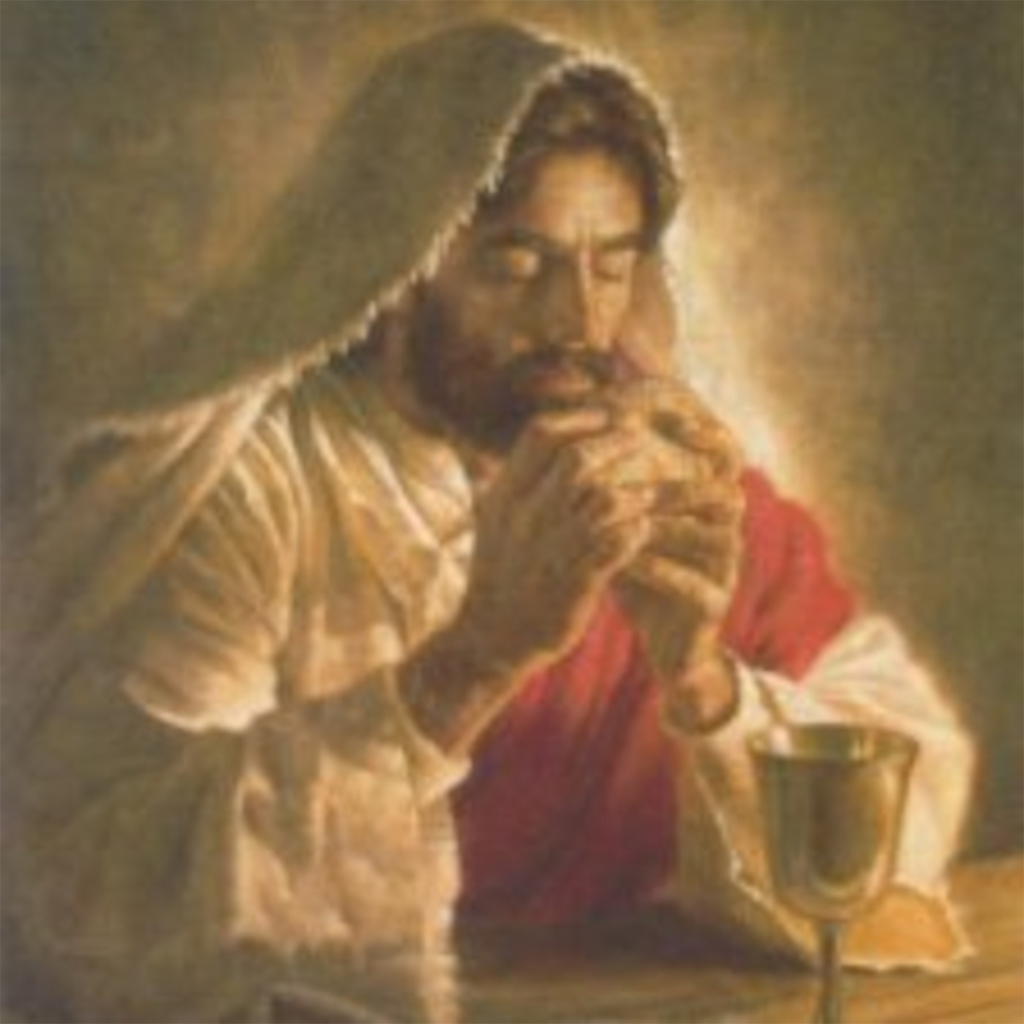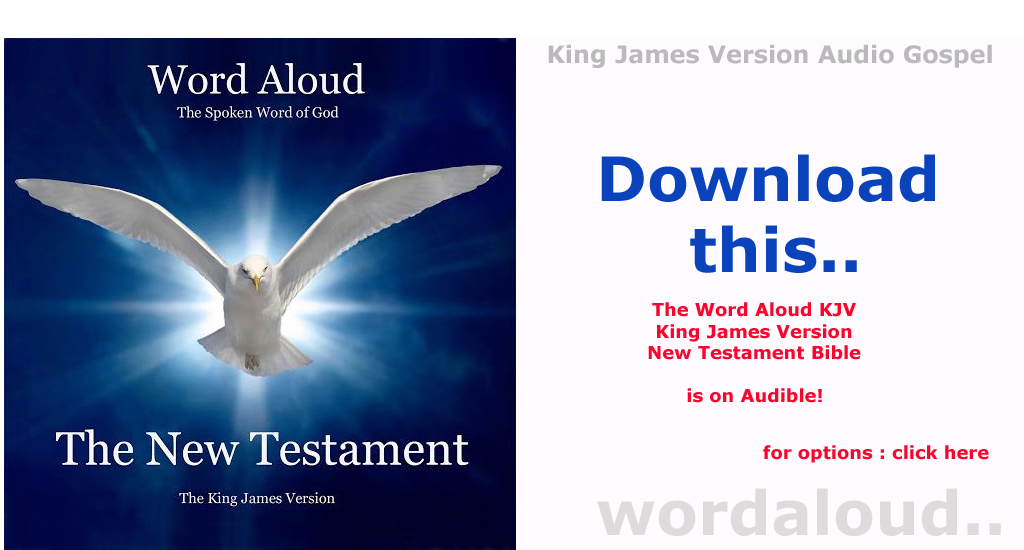Christian Art | George Herbert | Sepulchre | The Church | Mattens
George Herbert | The Temple | The Church | Mattens
I cannot ope mine eyes,
But thou art ready there to catch
My morning-soul and sacrifice:
Then we must needs for that day make a match.
My God, what is a heart?
Silver, or gold, or precious stone,
Or starre, or rainbow, or a part
Of all these things, or all of them in one?
My God, what is a heart,
That thou shouldst it so eye, and wooe,
Powring upon it all thy art,
As if that thou hadst nothing els to do?
Indeed mans whole estate
Amounts (and richly) to serve thee:
He did not heav’n and earth create,
Yet studies them, not him by whom they be.
Teach me thy love to know;
That this new light, which now I see,
May both the work and workman show:
Then by a sunne-beam I will climbe to thee.
![]()
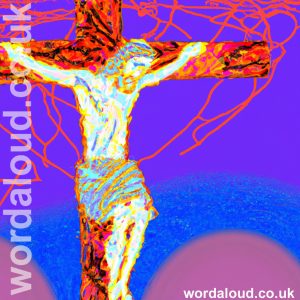
George Herbert | The Temple | The Church | Mattens
The poem reflects an intimate conversation between the poet and God, exploring the nature of human devotion, the human heart, and divine presence. It begins with Herbert’s realization that God is present from the very moment Herbert opens his eyes each morning, indicating God’s constant vigilance and readiness to connect with the human soul. This immediate presence of God suggests that each day is a fresh opportunity for a ‘match’ or covenant, where both God and the poet engage in a continuous relationship of devotion and acknowledgment.
Herbert then contemplates the essence of the human heart, wondering why God would focus so much attention on something seemingly humble and ordinary. He questions what a heart is made of, comparing it to valuable and radiant elements like silver, gold, precious stones, stars, and rainbows, only to dismiss these comparisons by asking if the heart is perhaps all these things combined. Through these comparisons, Herbert explores the heart’s potential value in the eyes of God, emphasizing such depth and complexity of what might appear to be a simple human attribute.
In the third stanza, Herbert marvels that God would devote such careful attention to the human heart. The phrase ‘pouring upon it all thy art’ suggests that God engages in an intentional and tender effort to nurture the heart, as if He had nothing else to occupy Him. This line highlights the poet’s wonder at the profound care and affection God shows toward humans, even though humans themselves are so often preoccupied with the material world rather than with their Creator.
The poem meditates on human priorities. Herbert reflects that humanity, though created by God and with the purpose of serving Him, often chooses instead to focus on studying ‘heaven and earth’—the physical universe and its phenomena—while neglecting the Creator who brought all these things into being. This observation criticizes human tendencies to be absorbed by worldly pursuits and intellect, rather than by spiritual understanding or reverence for God.
In the final stanza, Herbert expresses a desire to truly understand God’s love. He asks for divine instruction so that he may fully comprehend this ‘new light’ he has glimpsed, a light representing awareness or insight into God’s nature. The poet hopes this enlightenment will reveal both the divine work—the world and everything in it—and the ‘workman,’ God Himself. The metaphor of the ‘sunbeam’ in the closing line symbolizes a path or bridge to God, suggesting that Herbert, having been enlightened by divine love, seeks to ascend spiritually toward the divine.
The poem is an exploration of the poet’s relationship with God, his sense of awe at God’s focus on human hearts, and his aspiration to rise above worldly distractions. The language of light and ascent underscores a desire for spiritual elevation and a deeper understanding of divine purpose, concluding with a yearning to bridge the gap between the human and the divine.
